On Oct. 30, ahead of an afternoon matchup against the Winnipeg Jets, the San Jose Sharks received incredibly alarming news. The team was told they would have to play that day, despite four defensemen, four forwards, and their head coach joining COVID protocol.
As a result, Ryan Merkley and Santeri Hatakka were forced into their NHL debuts, in addition to San Jose Barracuda regulars joining the top club. Despite this adversity, a situation where many would have expected the Sharks to lose, the team pulled out an overtime victory.
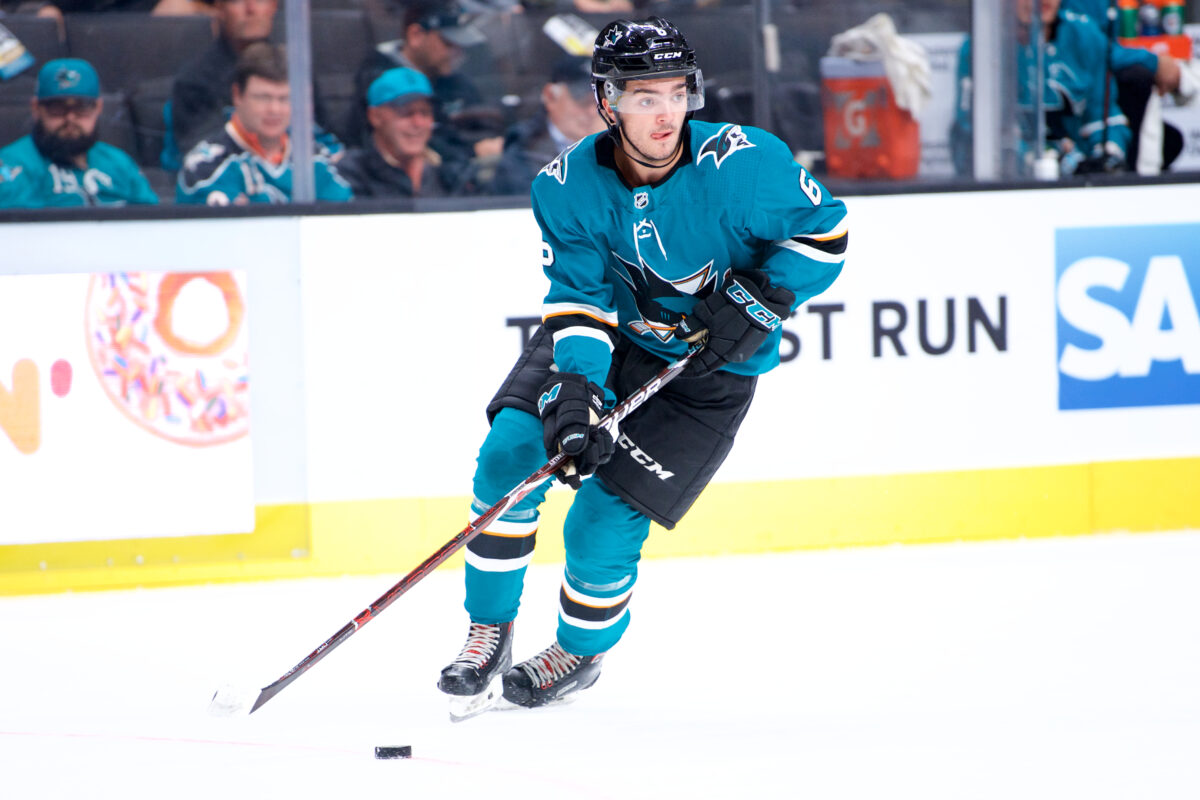
These “Baby Sharks” were around .500 as a squad and kept the team competitive while lacking Erik Karlsson, Timo Meier, and other key contributors. But now, the team has most of these key players and are still struggling. In eight games since Karlsson has been out with injury, the Sharks have just one win. The team can barely produce offense, and often digs themselves into holes early in the game.
Well, what happened? Why have the Sharks dropped their last seven consecutive games? I feel there are a couple reasons.
Ferraro, Burns, and Bonino roles
The top pairing for the Sharks plays incredibly tough minutes. They also just play an absurd amount of ice time. Brent Burns and Mario Ferraro are second and 30th in ice time per-game in the league. The bearded veteran currently plays on the top unit of both special teams and is on the ice for about 44% of every game.
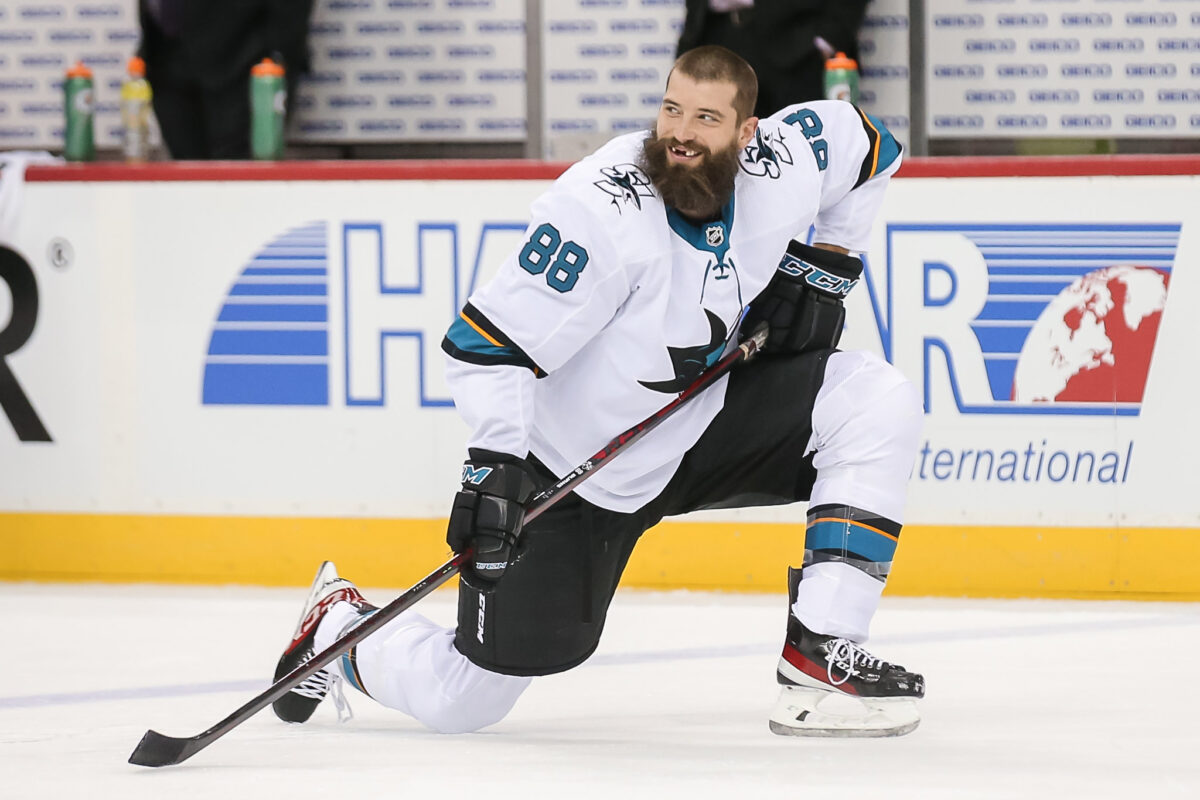
When the rest of the defense core features talents that have been scratched at some point this season, like Ryan Merkley, Nicolas Meloche, Marc-Edouard Vlasic, and Radim Simek, it makes sense to lean on top players. The blue line has been so underwhelming that career American Hockey League talents Jake Middleton and Jaycob Megna have become key players.
Rather, it would make sense if the top pairing was incredibly effective in those large minutes. They are not. The Burns-Ferraro top pair is outscored at a rate of 2.19-2.58 per 60-minutes. The expected-goals numbers are similar, and they only control 45% of shot attempts (Corsi For%). Bob Boughner uses this pairing incredibly often, despite analytics and the eye test.
Related: Sharks Need to Better Utilize Nick Bonino
Look no further than Tuesday’s game against the Anaheim Ducks. Over eagerness (0:23) and poor defensive positioning (3:20) lead directly to critical goals against. However, Burns is given a far longer leash than youngsters like Merkley or Hatakka, who have been scratched or sent to the minors for similar mistakes.
Nick Bonino plays a similarly defense-heavy role that leads to him also heavily outshot and outscored often. As the center on the “shutdown” third line, the unit has been outscored at a rate of 2.36-5.59 per 60-minutes.
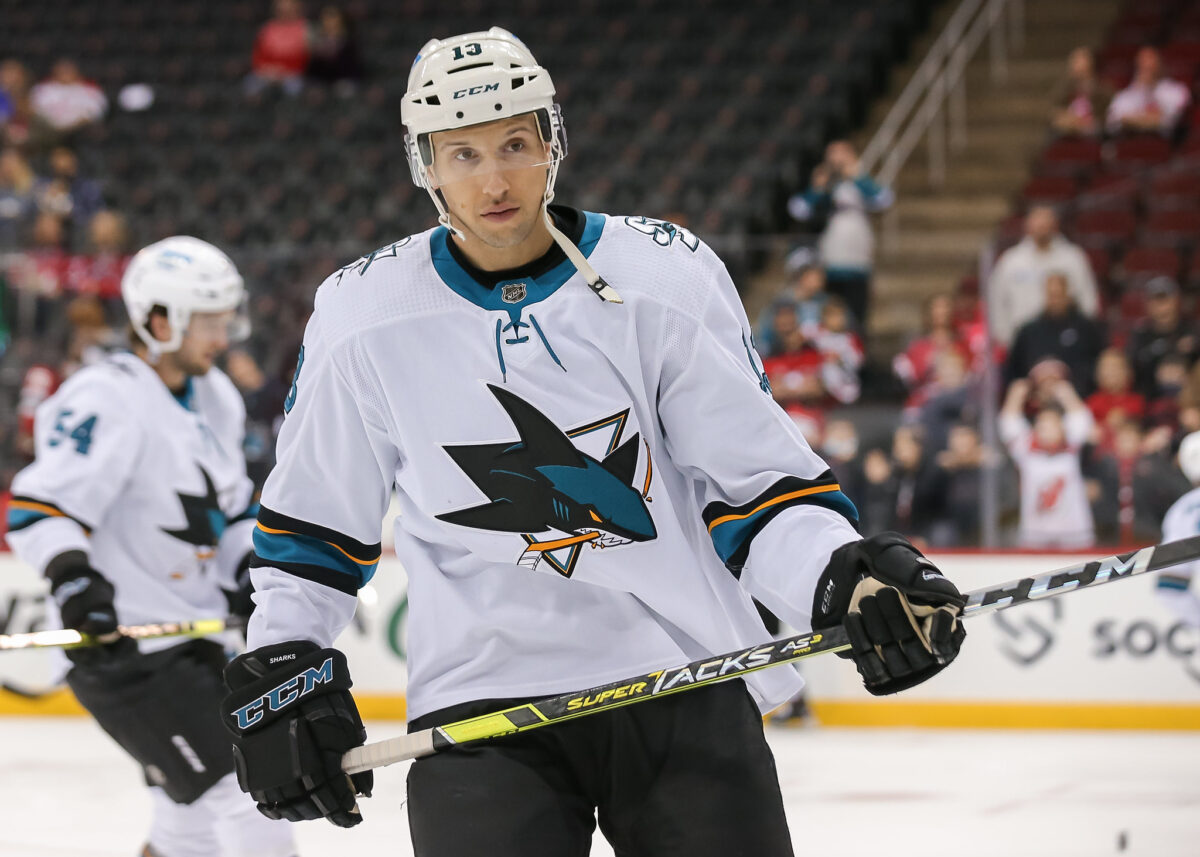
Again, he centers Andew Cogliano and Matt Nieto who are probably better suited for fourth line roles and faces off against opposing top lines regularly. With lackluster help, it’s expected that he would be outplayed, but his results are also indicative of his regressing play.
I find it odd that the Sharks have kept these units together and not experimented much, until just recently, with mixing around the units to find a more effective unit.
Not Searching for Depth Scoring
Evander Kane and Kevin Labanc take up large cap space and were expected to be offensive catalysts this season. But, off-ice issues and injury respectively have limited their seasons in San Jose. That nearly $12-million in cap space was allocated for those wingers, and issues out of the Sharks’ control has made that cap space wasted.
So, it makes sense that the Sharks not the offensively gifted team they could have been. But, there are ways the Sharks could look to improve upon their 25th ranked offense.
For one, the Sharks need to include Jonathan Dahlen in their lineup. After demotion to the fourth line, the team’s fourth leading goal-scorer was scratched ahead of the game in Anaheim. This was done in favor of Ryan Dzingel slotting into the top-six. Dahlen has 11 goals in his first 44 NHL games of his young career. Dzingel has not hit double-digit goals in a season since 2018-19.
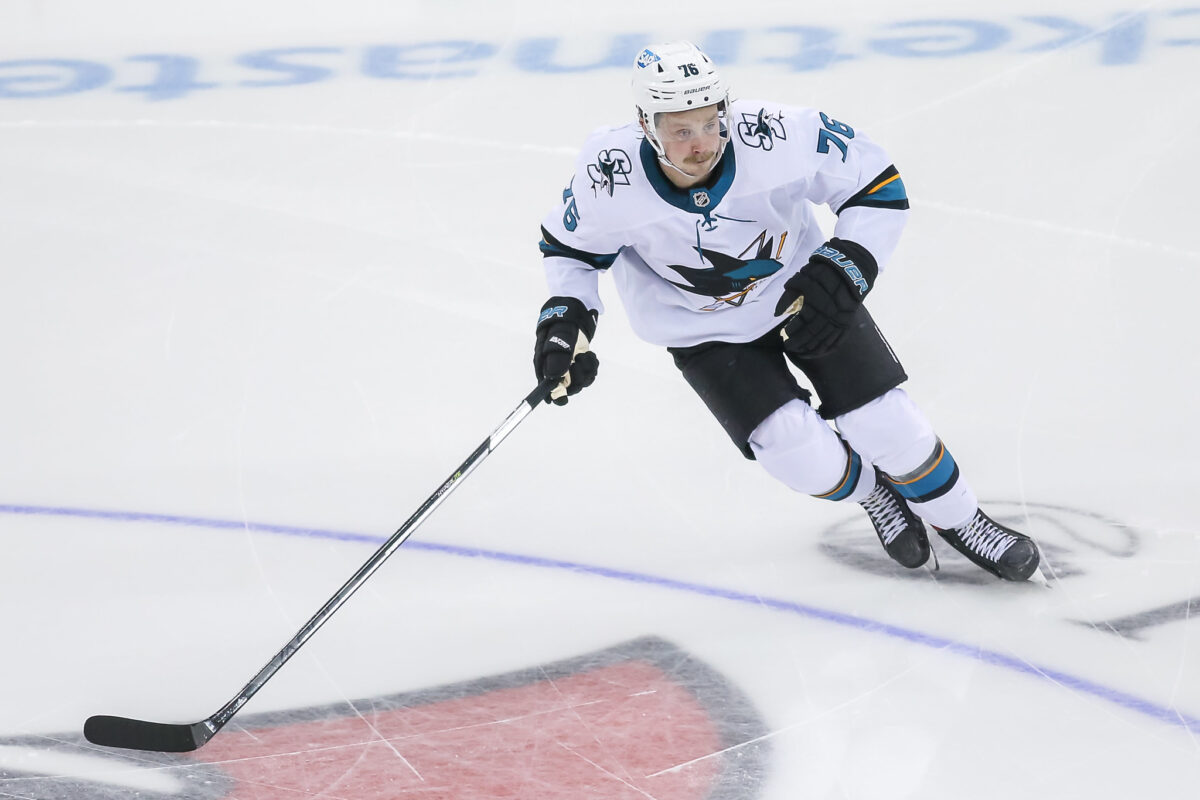
As a young player, especially one who makes his money as a goal scorer, of course. But, as Boughner lamented after a loss to the Vegas Golden Knights, someone needs to pick up offense when Tomas Hertl or Timo Meier have a quiet night “If they have an off game, I think that we have to be able to regroup from it. Someone else has got to fill that void, step up.”
Additionally, the Sharks have not looked to add scoring from the AHL. For example, Nick Merkley played a very limited role in his NHL stint and had a goal and pair of assists in nine games. Despite a pretty good season with the San Jose Barracuda, he’s not returned to the top club.
Since Jan. 13, the Sharks have are 2-6-5, and average just 2.23 goals per-game. Besides Dzingel recently, the Sharks have not made any noteworthy changes to the forward core besides occasionally rotating fourth line wingers.
Since Jan. 13, John Leonard has been an offensive catalyst for the Barracuda, with six goals and 10 points in 14 games while averaging over four shots on goal per game. He, Merkley, and Barracuda leading scorer Scott Reedy deserve chances to show their offensive capabilities in the top-nine, especially on an NHL team that lacks scoring power.
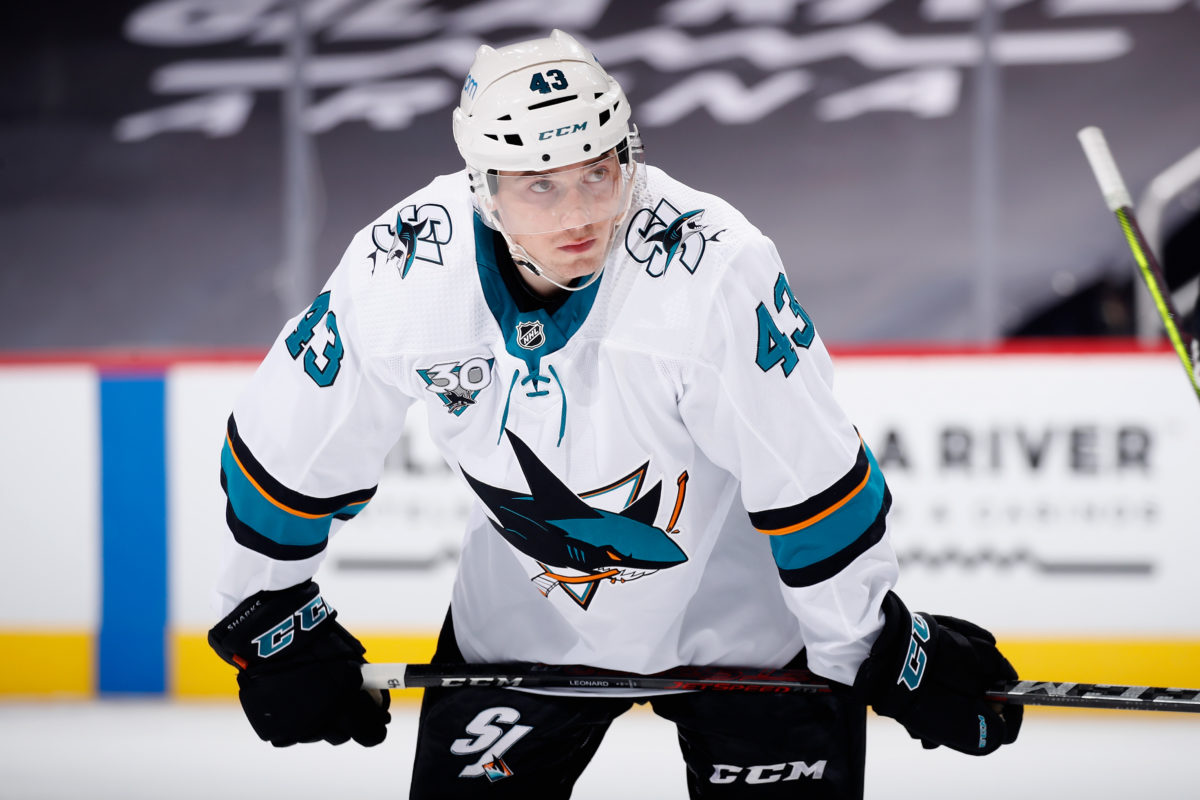
Sharks Need to Experiment
At the 50-game mark, the Sharks have a good read on their players that have slotted into the majority of the season. The team relies on Karlsson, Meier, and Hertl to carry the offensive load, and when that core is injured or slumping, the team struggles.
What the team has not learned, is how effective some of their younger players could be if given extended opportunities. The Athletic rates the Sharks’ odds at 1% to make the postseason. With this glum outlook, the team needs to experiment with other options, instead of sending out the same roster that has continued to lose key matchups.
Also, the team needs to evaluate the younger players in the organization, as well as get them meaningful minutes in the NHL to help with their development. What do you think of the team’s recent losing streak? Let me know in the comments!